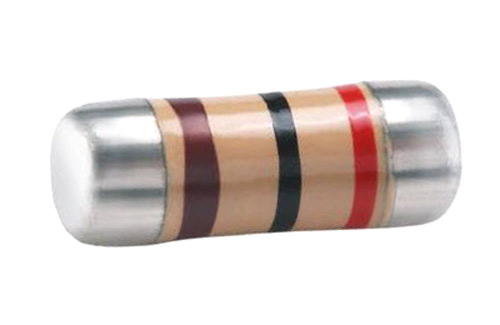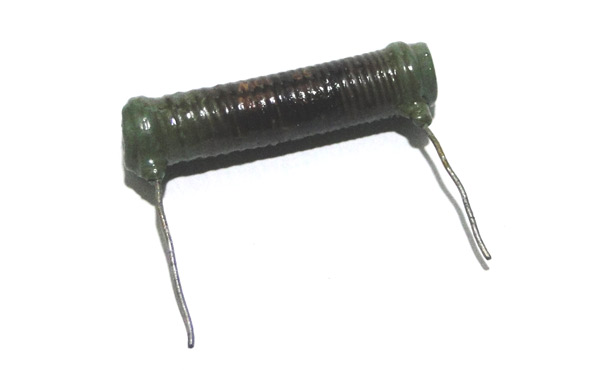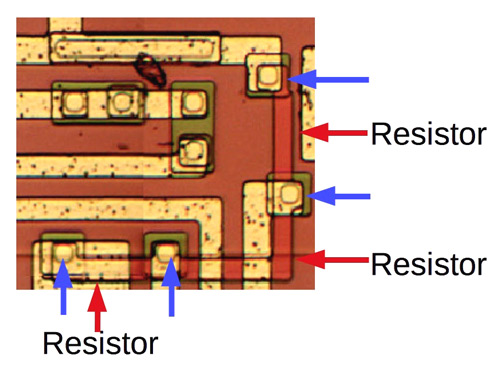Different Types of Resistors :
Apart from coming in various shapes and sizes, resistors are also classified according to what the active material is made of.
1. Carbon Resistors :
 |
| Carbon Film Resistors |
The resistive material in these resistors is made of carbon or graphite dust. Since carbon compounds burn easily, these resistors can handle only low amounts of dissipated powers. Also since the material is a powder, they are not very accurate and have loose tolerances.shown
2. Metal Film Resistors :
 |
| Metal Film Resistors |
Just like their name suggests, the resistive material is a metal film. Since the metal film can be made or calibrated to very specific dimensions, the resistance can be controlled finely and as a result these resistors are very accurate.
3. Wire Wound Resistors :
 |
| Wire Wound Resistors |
The resistive material is made of a wire. Since these wires can be as thick as one likes, these resistors can be made to handle very high powers and are often wound around a ceramic core as shown.
4. Semiconductor Resistors :
 |
| Semiconductor Resistors |
These resistors are implemented in silicon and form an integral part of semiconductor ICs.
Comments
Post a Comment
Do not enter any spam link in the comment box.